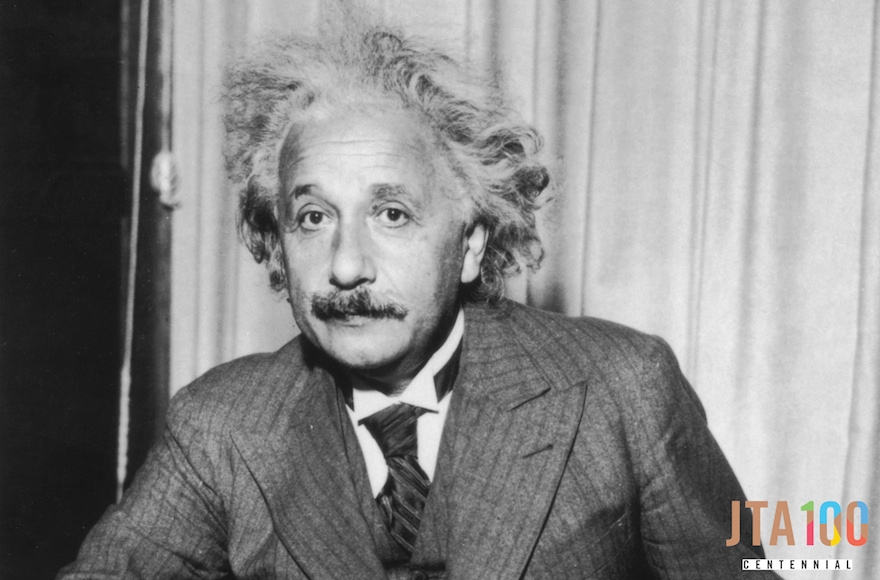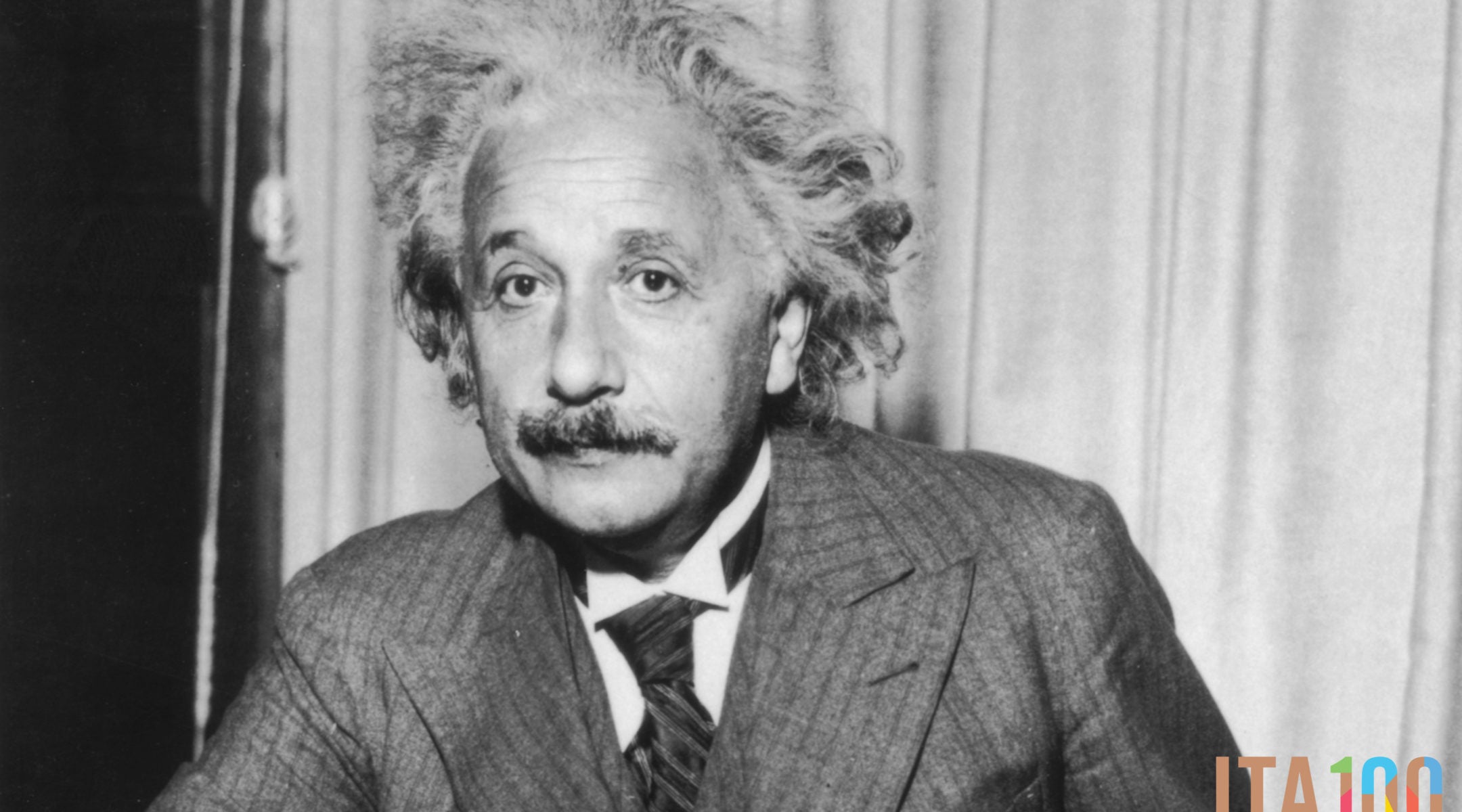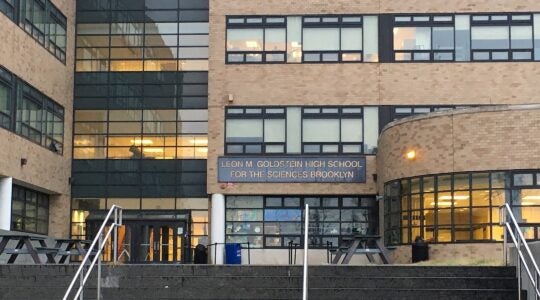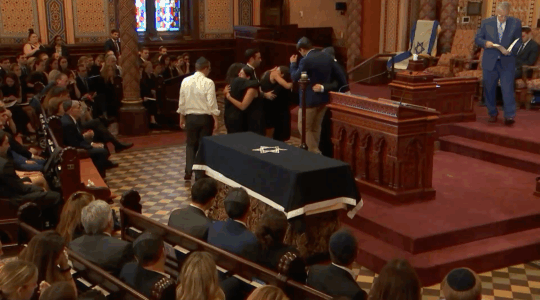
Albert Einstein, circa 1933. (Lambert/Keystone/Getty Images)
On Sunday, the West Coast of the United States will get a glimpse of the first solar eclipse in the continental United States since 1994.
In the 1920s, scientists used the solar eclipse as an excuse to travel across the globe to test Albert Einstein’s theory of relativity.
The University of Toronto’s chair of astronomy travelled to Australia in September 1922 to test Einstein’s theory of Relativity.
“Prof. Chant said that if his theory was correct the stars when photographed with the sun apparently in their midst, would show a displacement outward from the sun as compared with the positions of the same stars when the sun was absent from their portion of the heavens, ” JTA wrote the following April.
Another experiment was conducted by an expedition of scientists from Swarthmore College during the Jan. 14, 1926 eclipse. Using photographs from the solar eclipse as seen from Sumatra, the team set out several months later to test Einstein’s theory based on the position of the stars relative to where they were recorded during the solar eclipse.
“If the stars shall be shown to be apparently elsewhere in the firmament than they are shown in January’s photographs, the truth of Einstein’s theory will not be definitely proved, but it will have advanced measurably toward verification,” said Professor John Miller, the Swarthmore expedition leader.
Ultimately, these two groups of eclipse-chasers claimed that Einstein’s theories had been verified through their tests. But not every test came back positive.
A 1929 experiment initially said the same, but two years later turned up an error in one of Einstein’s calculations:
Berlin, Dec. 1 (JTA) – Something of a sensation has been created in the world of science here by a report which has just been presented to the Prussian Academy of Science by Professor Freundlich, the Director of the Einstein Institute in Potsdam, giving the results of the test of the Einstein theory made in Sumatra by a German scientific expedition during the eclipse of 1929.
Professor Freundlich confirms the Einstein theory, but he reveals that the expedition found that Einstein’s calculation that the rays of light are bent out of their course by 1.75 seconds is an underestimate, its own figure being more than two seconds.
The report of the expedition conclusively destroys the arguments against the Einstein theory by its opponents, but at the same time its supporters are also in something of a quandary because of the error detected by the expedition. They are confident, however, that Professor Einstein will in his present experiments on his new field theory succeed in correcting the error and place his relativity theory in an unchallengable position.
JTA has documented Jewish history in real-time for over a century. Keep our journalism strong by joining us in supporting independent, award-winning reporting.






